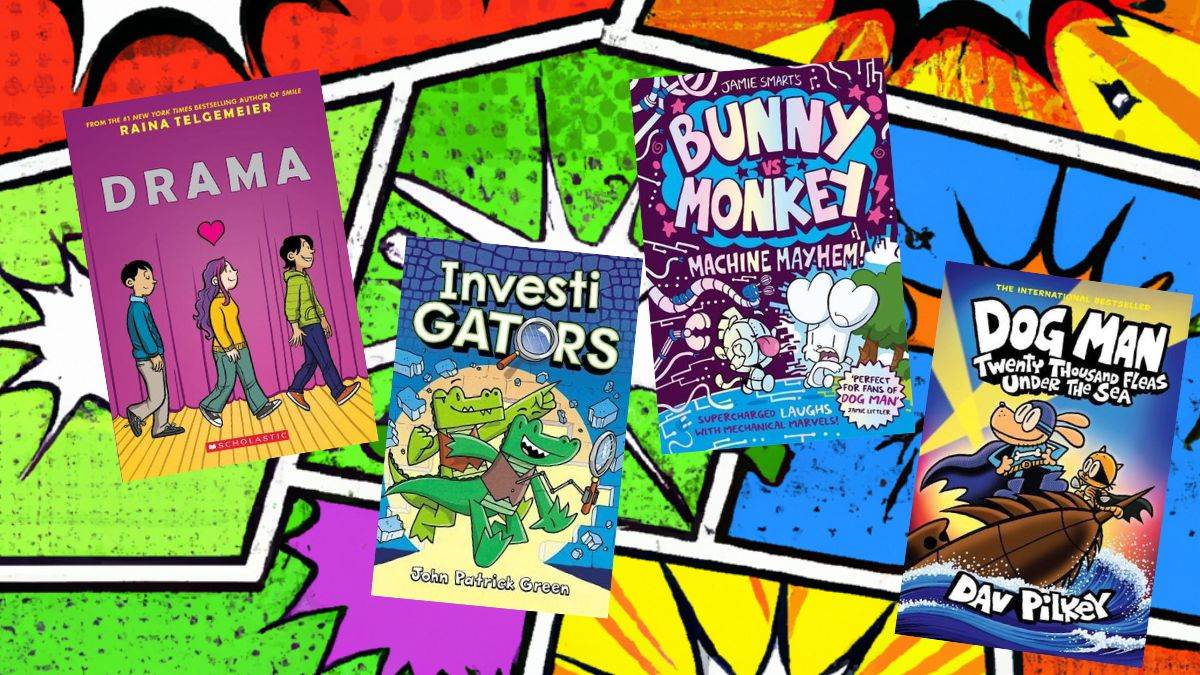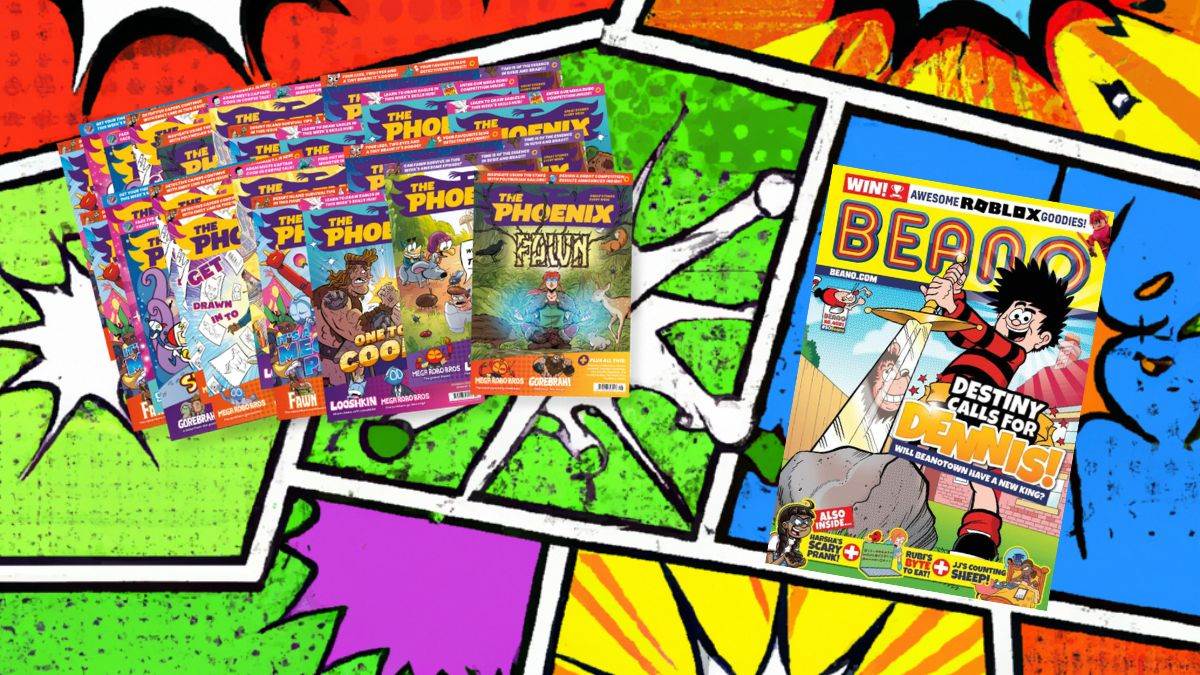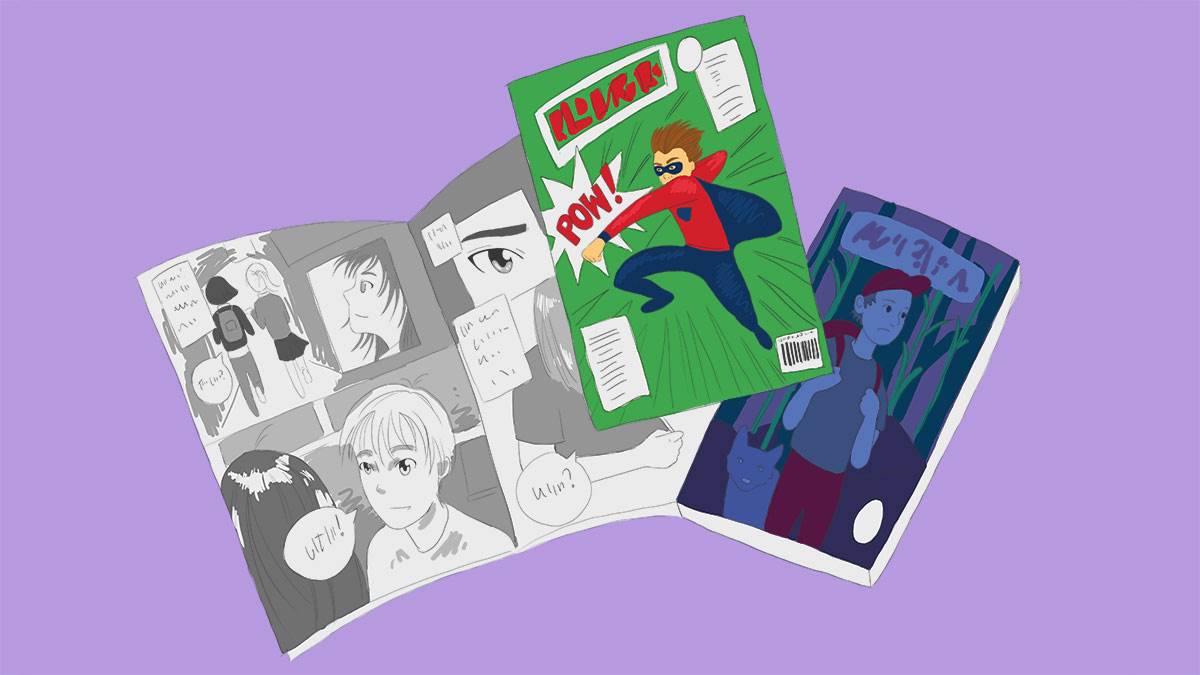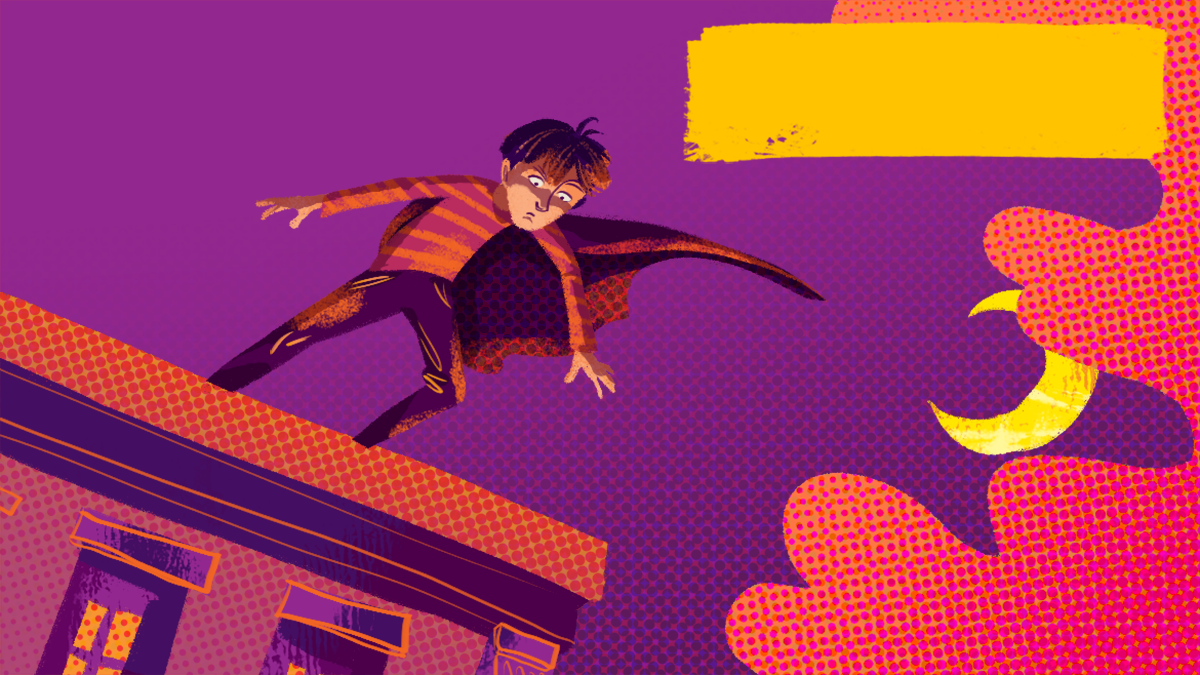Tips on using comic books to engage readers
Published on: 12 October 2023
Comics writer and illustrator Neill Cameron shares the best ways to get children reading, using comic books.

Comics are a fantastic medium for engaging children with reading; using the potent stealth magic of visual storytelling to make them laugh, fire their imaginations and get them to fall in love with stories, all while developing vital literacy skills. But if you are not a comic reader yourself, it can maybe seem a bit of an intimidating area, or difficult to know where to start. But that’s why I’m here to help, with these TOP TIPS!
1) Get some comic books in!

There’s a terrific and ever-expanding range of comic books (or ‘graphic novels’ if you’re feeling fancy) for younger readers available these days. From tried and tested funny kid-adored series like Jamie Smart’s Bunny VS Monkey, John Patrick Green’s InvestiGators or Dav Pilkey’s Dog Man, to the grounded and emotionally resonant middle grade epics of Raina Telgemeier (Smile, Drama, Guts, many more), or indeed (*COUGH COUGH*) the sci-fi-superheroics-meets-family-sitcom of my own series Mega Robo Bros, there really is something for every reader out there. But also, there’s an increasing range of what I apologise slightly for describing as ‘subject’ books – comics anthologies on a particular theme or issue that can provide a great way in to a whole range of topics for young readers, from climate change (Drawn To Change the World) to refugee and migrant journeys (The Power of Welcome) to experiences of autism (Sensory: Life On The Spectrum).
2) Get some comics in!

Comic books like those mentioned above are a great starting point for engaging young readers, but if you really want to take it to the next level I recommend getting some actual comics in. (I realise the terminology is a little confusing here but basically by ‘comics’ here I mean, you know, comics that are not books. The floppy ones!) Weekly anthologies like The Phoenix or the Beano are a great way of developing a culture of reading, with kids coming back every week to check in with favourite characters or follow the latest exciting cliffhanger. And as that culture starts to build, you can even kick it up to the NEXT next level by…
3) Starting a comics club!

Depending on circumstances and resources, this can take various forms. On the one hand you could have a version where the educator takes quite a hands-on-role in providing activities for the kids to try (such as those you can find at comicsclub.blog, for starters) and maybe playing an administrative role collating their work together to produce copies of a finished club or class comic. But you could equally have a very simple version where you just provide interested children with a time and place to meet every week, a stack of blank paper and pencils, and just sit back and see what happens. Life – and comics – finds a way!
4) Learn more!

Comics is an incredibly vibrant and exciting artform, and the more YOU know about the medium the better placed you will be to engage and inspire young readers with it. There are loads of great resources out there to help you learn more and get ideas. The following in particular are great places to start:
- Teacher Richard Ruddick maintains a fantastic and ever-growing list of recommended age-range-suitable comics and graphic novels for Key Stage 2 classes and above here.
- Lucy Starbucks Braidley’s brilliant Comic Boom podcast features fascinating interviews both with comics creators about their craft and journey in the medium, but also with educators and librarians using the medium in all kinds of inspiring and creative ways with their students.





